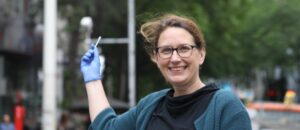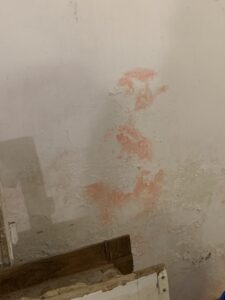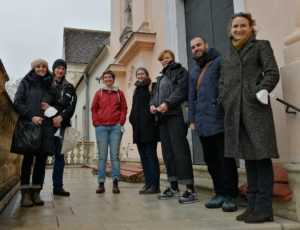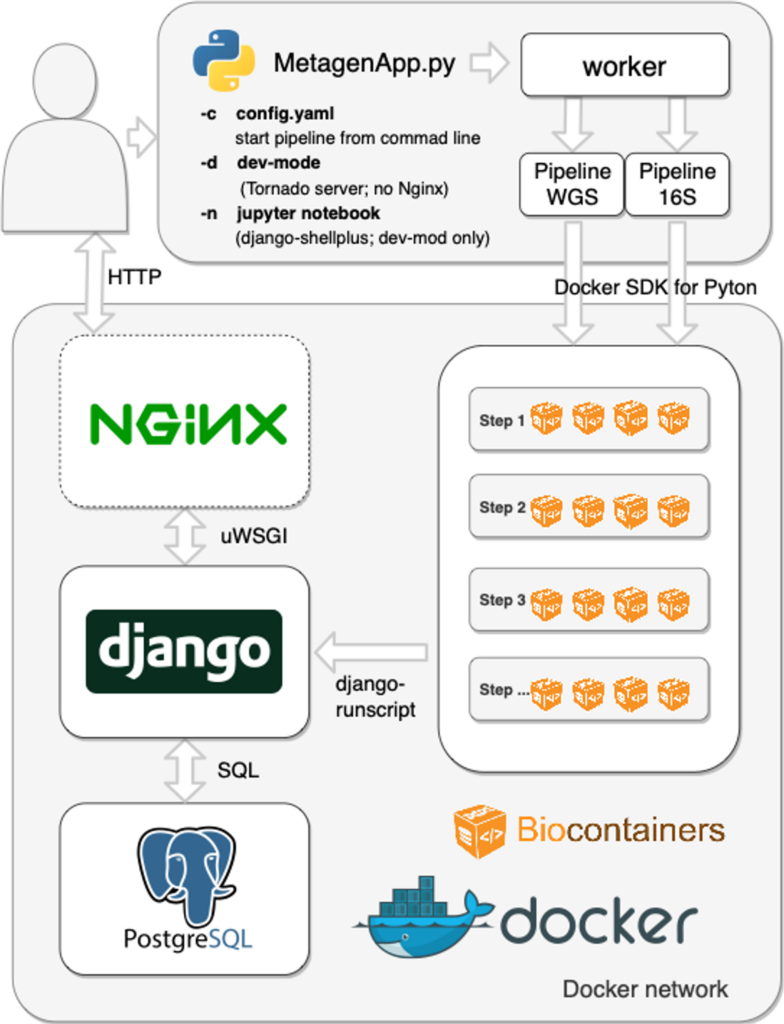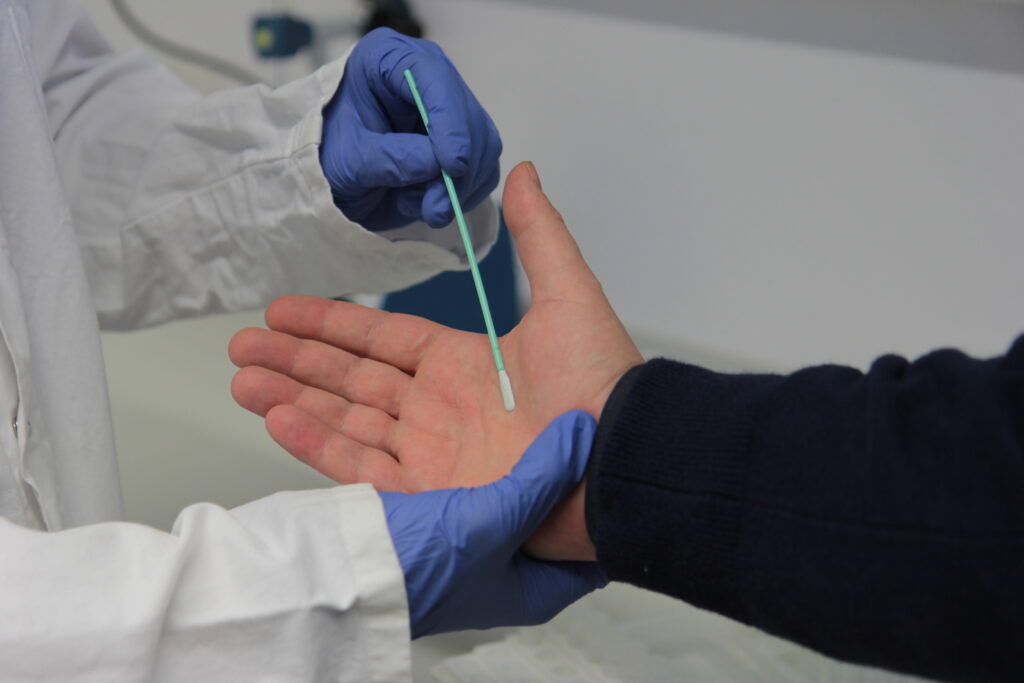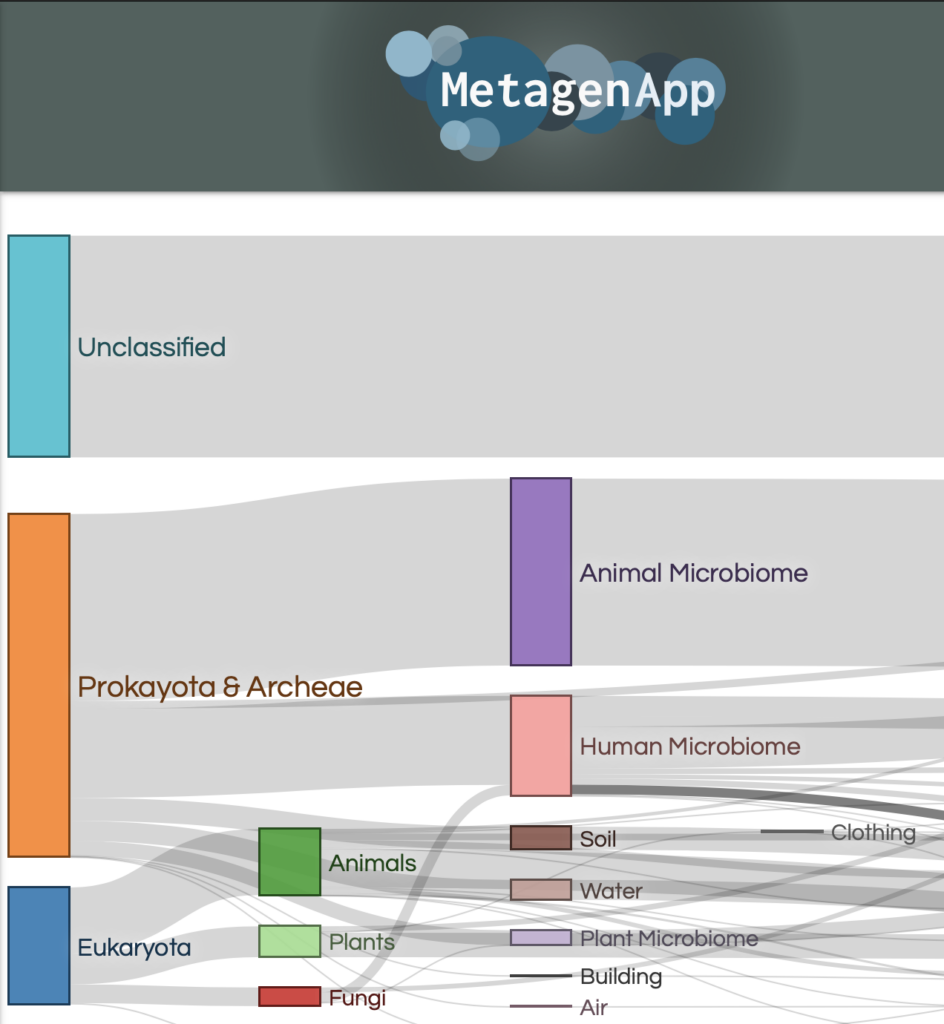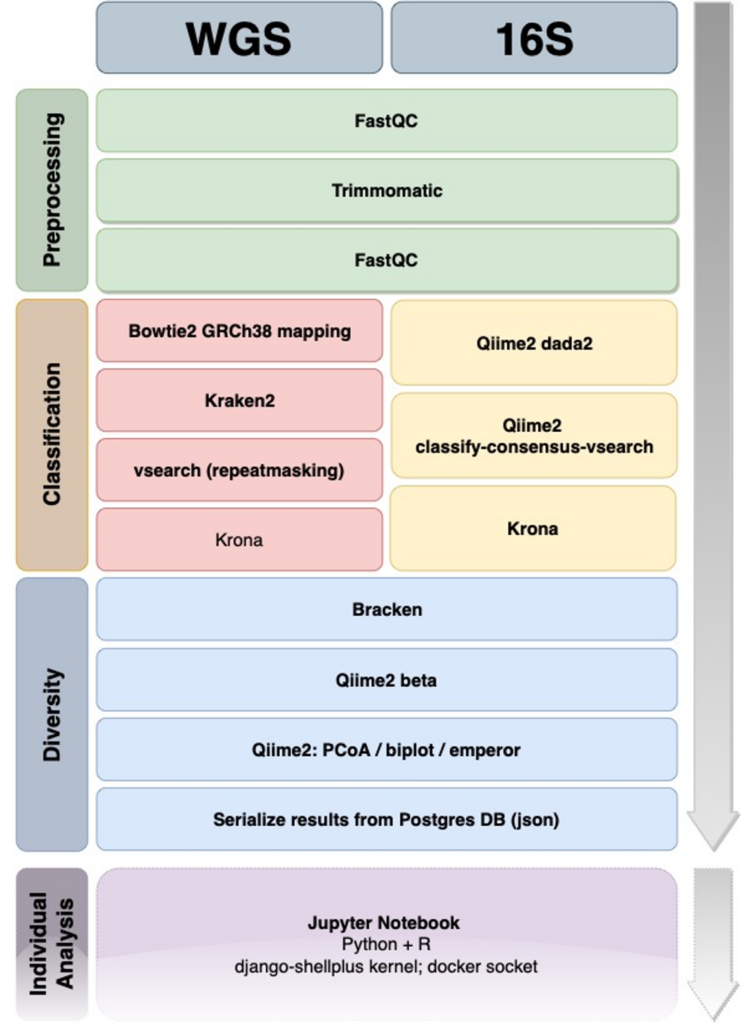FH-Prof.in Mag.a Dr.in Alexandra Graf
Fachbereich Bioengineering, Department of Applied Life Sciences
Favoritenstrasse 222
1100 Wien
+43 1 606 68 77-3602
alexandra.graf@fh-campuswien.ac.at
Research interests
My main areas of interest are functional genomics of microbial isolates and communities. Including de-novo assembly, classification and functional specification of bacteria and yeast. During my Master and PhD I focused on microorganisms in biotechnological application, where I was involved in assembly and functional annotation as well as expression profiling. In the past two years I have become fascinated by studies on the human and environmental microbiome and its influence on the environment and human health. During that time I was involved in de-novo assembly and detection of novel species from metagenome samples, as well as taxonomic and functional classification of microbial communities.
Public Profiles:
Alexandra B. Graf on ResearchGate
Alexandra B. Graf on Google Scholar
Scientific Activities
- MetaSUB: Member of the MetaSUB International Consortium – Metagenomics & Metadesign of Subways and Urban Biomes, metasub.org
- ATBI: Member of the Austrian Bioinformatics Platform, bioinfromatics.at
- ACIB: Key researcher, Austrian Center of Industrial Biotechnology, www.acib.at
Grants & Awards
- WTZ AT-UA: „Detection of Antimicrobial Resistances and their Dissemination Potential in Urban Metagenome Samples“
- WTZ AT-PL: „Strengthening of DNA based forensic analysis through incorporation of epigenetic and microbiome data“
- MA23 (City of Vienna) “MetagenApp – Benutzerfreundliche Applikation für die Analyse von Metagenomdaten”, 2016
- ÖAW Heritage Science: „Pretty in pink? Mitigation of salt crystallisations and pink discolouration in historical buildings through new restoration treatments and monitoring through „omic“ analysis“
Educational Activities and Lectures:
E-learning is an essential part of modern education and especially for students who want to pursue higher education in parallel to a business career. For our courses we try to provide our students with the best quality of education while still allowing them to continue their professional life. Some of our courses are supported in that endeavor by DataCamp, an intuitive learning platform for data science, which offers R, Python and SQL courses through a combination of short expert videos and hands-on-the-keyboard exercises.
Current Projects
2021 – 2025 Pretty in Pink?
In our new project we investigate, together with the Academy of fine Arts Vienna, the microbiome of historic buildings. We focus on halophilic bacteria which colonise historic walls that are enriched in salts due to environmental factors. These bacteria, apart from the physical damage to the building materials, produce pigments that range from rosy to bright pink.
Samples will were taken in the Virgilkapelle at the center of Vienna, below the Stephansdom, and in an old cloister the Kartause Mauerbach.
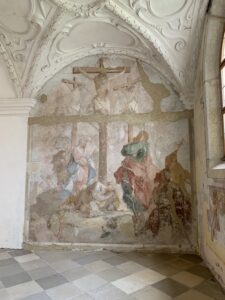 Wall painting at the Charterhouse Mauerbach, the old cloister represents a typical historic building that is not climate controlled. Several locations can be found where patches of pink are visible.
Wall painting at the Charterhouse Mauerbach, the old cloister represents a typical historic building that is not climate controlled. Several locations can be found where patches of pink are visible.
News:
– 2024 All samples are taken and all experiments concluded, the analysis and publication of the data is ongoing.
– 2023 Publikation of the first results:
- Tichy J. et al., Pretty in pink? Complementary strategies for analysing pink biofilms on historical buildings, Science of the Total Environment 904 (2023) 166737
– 2022 Sampling at the Charterhouse Mauerbach and the Virgil’s Chapel:
– In December 2021 the team visited the Charterhouse, to specify locations for sampling
Past Projects:
2016-2019 MetagenApp
The goals of the project were:
- The development of an analysis application for microbiome whole genome and amplicon data.
- The analysis of the change in palm surface microbiome when travelling through the city to investigate how much of the city surface microbiome is transferred to our hands in the frame of 1-2 hours.
Results: the study was conducted and analysed, the results are available on an interactive website: www.metagenapp.at
